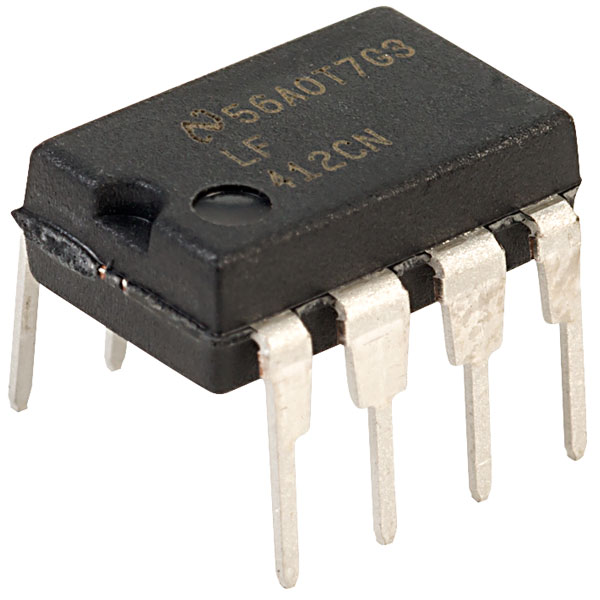N-channel JFET Basics. A N-Channel JFET is a JFET whose channel is composed of primarily electrons as the charge carrier. This means that when the transistor is turned on, it is primarily the movement of electrons which constitutes the current flow. Junction Field-effect Transistor (JFET) The MOSFET has a number of advantages over the junction field-effect transistor (JFET). Notably, the input resistance of the MOSFET is higher than that of the JFET. For this reason, the MOSFET is selected in favor of the JFET for most applications.
JFET vs MOSFET vs MESFET-Difference between JFET MOSFET and MESFET
9 Enhancement JFET and MESFET. Hoover dual power max pet manual. If the JFET has a lightly doped narrow conducting channel, it is possible to deplete the entire channel at zero gate bias by the built-in potential. On application of a forward bias, a conductive channel can be induced. This is known as the normally off or enhancement mode JFET or E- JFET. The junction field effect transistor or JFET is widely used in electronics circuits. The junction field effect transistor is a reliable and useful electronic component that can be used very easily in a variety of electronic circuits ranging from JFET amplifiers to JFET switch circuits.
This page compares JFET vs MOSFET vs MESFET and describes difference between JFET, MOSFET and MESFET.The other useful links to difference between various terms are provided here.
JFET
The figure-1 depicts internal structure of the JFET device.Following are the features of JFET:
• The gate voltage controls the channel conductance by modulating the width of the depletion region at the p-n junction.
• The p-region doping is MUCH higher than in the n-region. The depletion region expands mostly into the n-channel.
• For the p-channel JFET, the n-type layer will be doped higher than the p-channel.

MOSFET
The figure-2 depicts internal structure of the MOSFET device.Following are the features of MOSFET:
• Gate control through a MOS barrier
• The device in normally-off and current only flows when the gate bias inverts the channel
• Both p-channel and n-channel MOSFETs are possible giving rise to CMOS
• MOSFETs typically will have cutoff frequencies less than 1 GHz.
• Main Application: Integrated circuits, microwave operation is not yet possible
MESFET
The figure-3 depicts internal structure of the MESFET device.Following are the features of MESFET:
• Gate control through a Schottky barrier
• The device in normally-on and negative gate-bias is needed to cut the current off (in case of the n-channel MESFET)
• Typically n-channel MESFETs are feasible
• MOSFETs typically will have cutoff frequencies greater than 10 GHz. Bill gates twitter.
• Main Application: Microwave devices, integration not as high as the CMOS devices
RELATED LINKS
J Fettingis Artist
BJT vs FET
Diac vs Triac
JUGFET vs MOSFET
Photo Diode vs Photo Transistor
SCR or thyristor
Op-Amp
Halfwave rectifier vs Fullwave rectifier
What is Difference between
difference between FDM and OFDM
Difference between SC-FDMA and OFDM
Difference between SISO and MIMO
Difference between TDD and FDD
Difference between 802.11 standards viz.11-a,11-b,11-g and 11-n
OFDM vs OFDMA
CDMA vs GSM
Bluetooth vs zigbee
Fixed wimax vs mobile
J Fett Tennis
RF and Wireless Terminologies
Share this page
J Fett Star Wars

J Fetterman
Translate this page

Comments are closed.